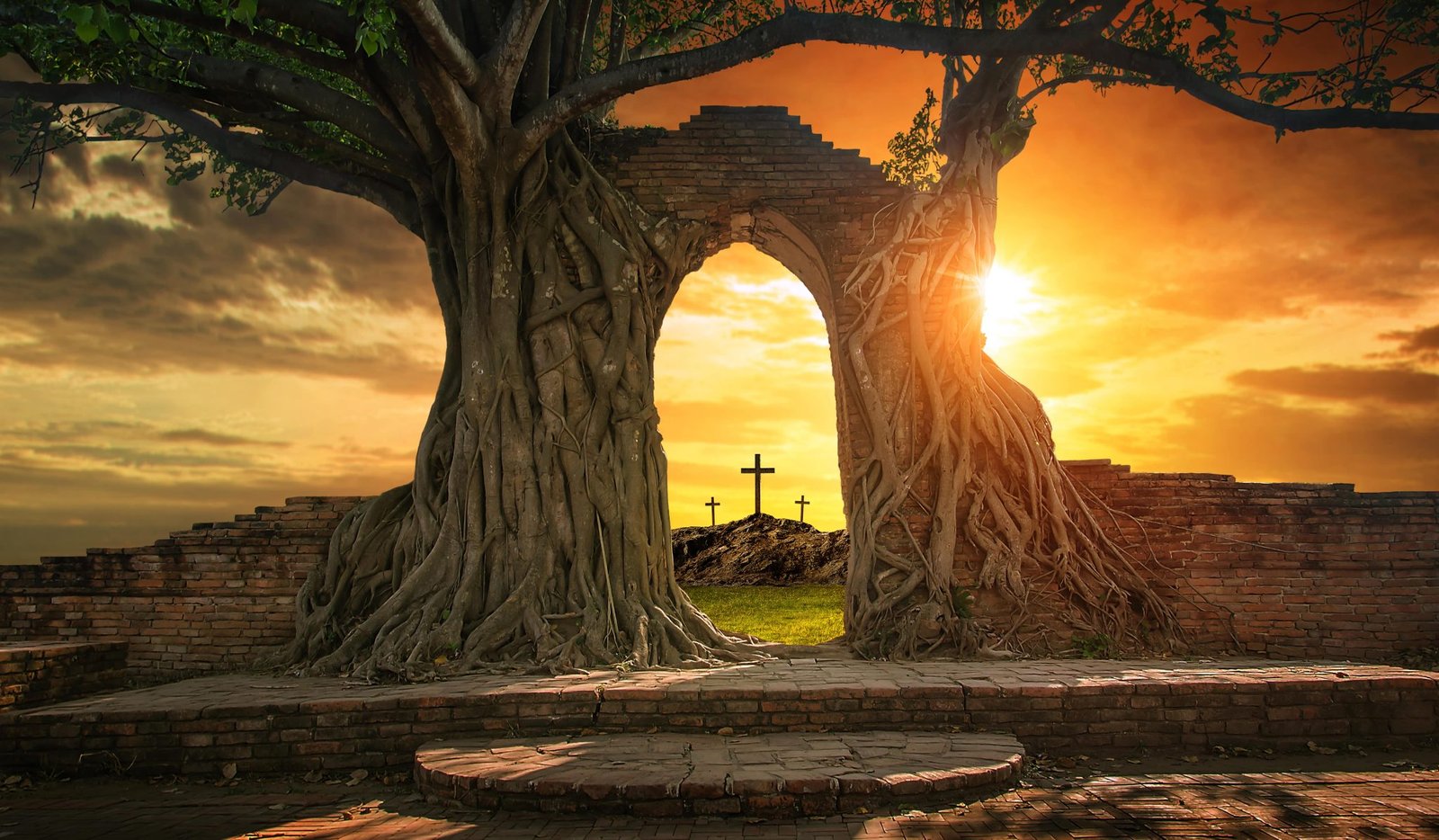
A summary of the book History of Christianity in Iran (Chapter Six)
With the death of Yazdgerd III in 651 in the distant city of Merv, Sassanid rule ended. This meant the end of Zoroastrian religion as the ruling religion and government religion. In the land of Iran, Zoroastrians, Jews and Christians were all three non-governmental religions.
When the Arabs ruled Iran, nothing really changed for Christian Iranians. During the Sassanid era, Christianity was considered a foreign religion and the religion of Iran’s enemies. But at the time of the Arab rule, it was considered only one of the non-Islamic religions and compared to the Jewish and Zoroastrian religions, there was often no special sensitivity towards it.
The important position of Christians in the early days of Islamic rule
In the early Islamic centuries, Christians were respected by the society because of their knowledge and expertise and were even appointed to positions in the court. The educational and cultural centers of Nestorian Christians continued to operate in Nusaybin, Gandishapur, and Merv, and provided a large number of doctors, teachers, scribes, and accountants to the caliphs and other Asian countries.
Even a Christian poet entered the court of Caliph Abd al-Malik (685-705) at the end of the 7th century. At the beginning of the period of the Abbasid caliphs (from 749 A.D.), Iranians assumed sensitive responsibilities in the government; Many of these Iranians were Christians.
The increasing narrowing of the arena for the people of Zamme
During the time of Omar II, the field became narrow for Christians. This caliph, because of his zeal for Islam, implemented regulations that were not implemented before regarding Christians. He destroyed the newly founded churches, exempted Muslims from tribute and obliged Christians to pay both tribute and jizya.
Therefore, many Christians converted to Islam. Omar’s strict procedure was stopped after him. But with the passage of time and the establishment of Islam religion, either because of the war with Byzantium or because of religious fanaticism and zeal, the field became narrower for the Christians and they were allowed to suffer, although there was no killing like during the Sassanid period.
The establishment of the Arab government and the spreading of the Islamic religion and the full and complete flow of Islamic rules did not happen overnight. It took a long time from the dismantling of the Sassanid system to the complete consolidation of the new Islamic system. In the meantime, the Nestorian Church had a chance to breathe and think about issues other than preserving its existence. For this reason, during the first three centuries of the rule of the Arab caliphs, the Nestorian Church was able to expand and progress in organizational and organizational affairs as well as in evangelism.
However, several factors from inside and outside the church joined hands to cause weakness and weakness and ultimately its collapse in the next three centuries (11th century onwards). At the end of the first millennium, Iran’s Christianity resembled a stout tree that was emptied from the inside. When the Turks and Mongols stormed, this tree could not resist. The Mongol attack was not the cause of the destruction of Christianity in the East; It can only be compared to a loose arrow.
When we look at Nestorian Christianity in the 15th and 16th centuries, we see nothing but a small minority in Mosul, Kirkuk, Kurdistan, and West Azerbaijan. But why did Christianity disappear in Iran? Was Islam the main cause of its decline? Or the Mongol attack? If so, why didn’t Christianity disappear in Armenia and Georgia, because they were in the same situation? There are many reasons for the weakness and decline of Christianity in Iran. Some of these causes were related to the internal situation of Christianity and the church, and others were caused by pressures and restrictions from society.
External factors
Mongol attack
The Mongols inflicted the fatal blow on the thin body of the Iranian church. With the massacre of the people of the cities (such as Merv and Neishabur), the entire population, including the Christians of the city, would disappear and would not be replaced. Thus, churches and Christianity gradually disappeared from the eastern and central regions of Iran in the following centuries.
Internal factors
Lack of spiritual insight of church leaders
From studying and investigating the behavior and ethics of the leaders of the churches, it is clear that not only in the church of Iran but also in other lands, they no longer had that spiritual and spiritual power, and that sincere surrender to the teachings of Christ, and the living faith in the resurrected Jesus.
Language and culture
Since its inception, the Iranian church has always used the Syriac language in church ceremonies. A weak foundational Christianity, many Christians were only Christians in appearance. Therefore, many of them converted to Islam or emigrated. In this way, the number of Christians decreased day by day.
for example:
Shimon, the bishop of Rio Ardeshir (Bushehr), in a letter he wrote to Patriarch Eishwayheb III, complained that many Christians in Fars and Kerman, without being persecuted by the Arabs, just to avoid paying tribute and Jizya, have converted to Islam. At the end of the 10th century, the Nestorian chronicler “Mari bin Suleiman” reported that many Christians in Iran had converted to Islam due to persecution and the corruption of the Christian clergy.
The spiritual and religious weakness of Christianity was not unique to the East. In the West, Christianity has gone through many dark periods. But there, due to the absence of social and political pressures and oppression, the church could revive itself after a while through the services and sacrifices of holy men, such as Francis of Assisi, and continue on its way.
But unfortunately, in all periods of its existence, the Church of Iran has never had a chance to breathe and revive itself and has always been oppressed, restricted and deprived.
Today in the article : Ali Vahidi: A summary of the book History of Christianity in Iran (Chapter Six) We reviewed useful information about the Bible and the way of Jesus. If you wish, you can view other articles of Ali Vahidi about Christianity






